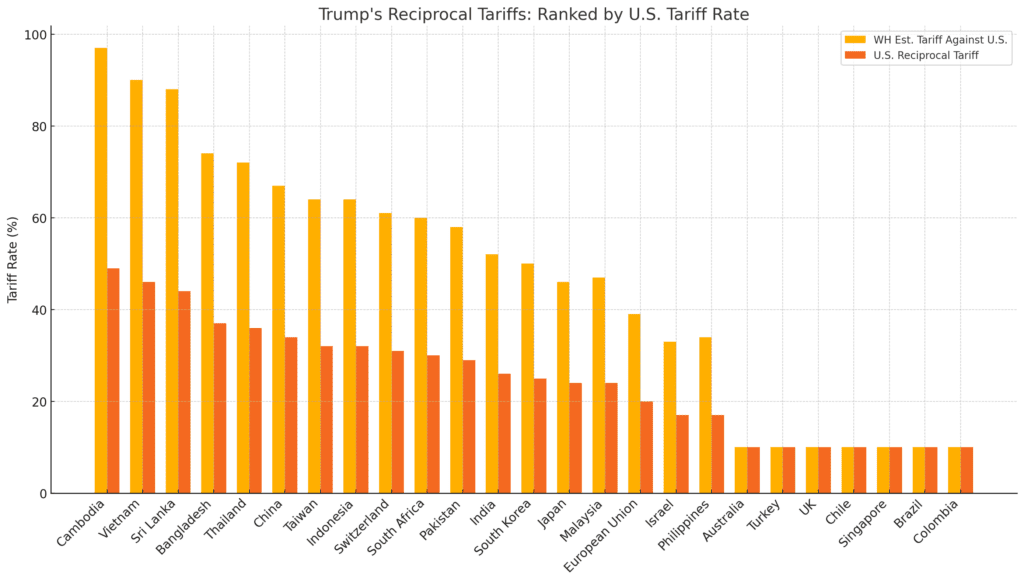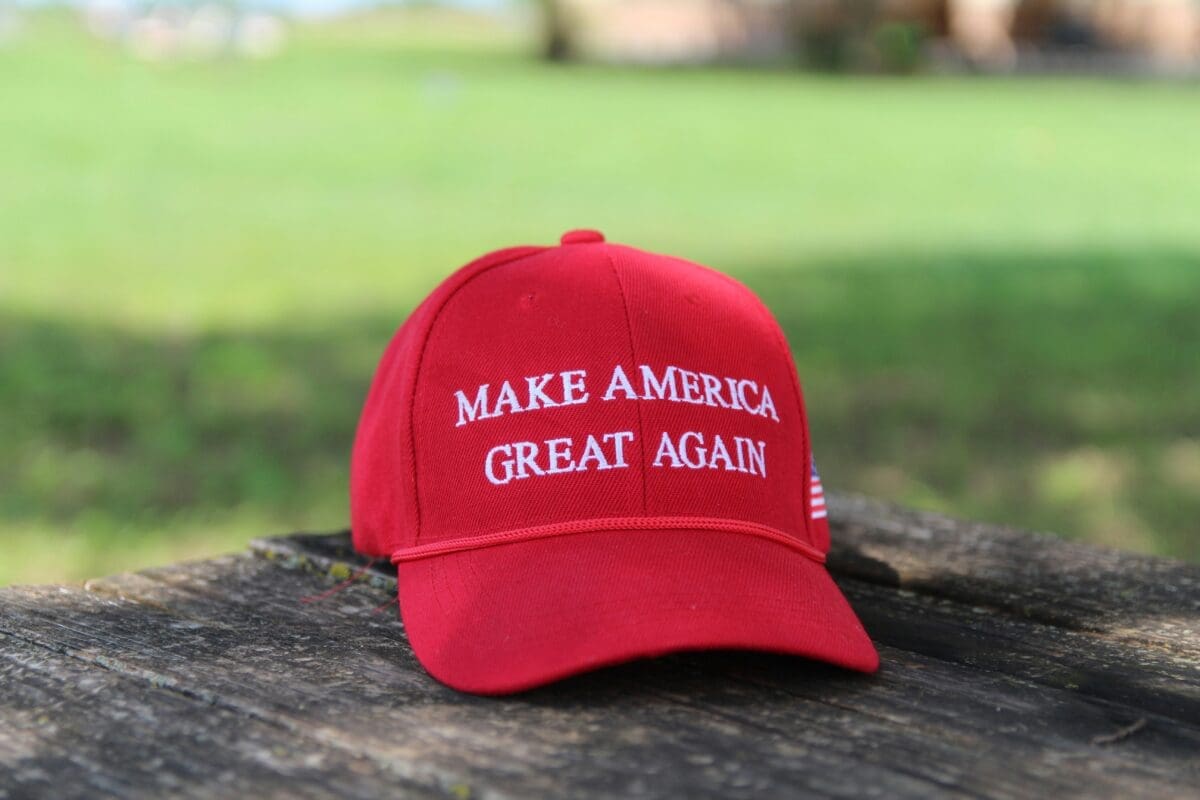New 32% Tariff on Indonesian Imports: What Does This Mean for Import Duties?

On April 2, 2025, President Donald Trump announced a series of new tariffs under his “Liberation Day” economic plan, aiming to address perceived trade imbalances and protect American industries. Among these measures, the United States will impose a 32% tariff on imports from Indonesia.
Understanding the New Tariffs
The newly announced 32% tariff on Indonesian imports represents a significant increase from previous rates. Historically, the U.S. has maintained relatively low tariffs on Indonesian goods, with applied rates averaging around 2% in recent years. This sharp escalation aligns with the administration’s strategy to implement “reciprocal tariffs,” wherein U.S. tariffs mirror the rates that American exports face in other countries. President Trump highlighted that American products encounter an average tariff of 64% when entering Indonesia, prompting the U.S. to set its tariffs at approximately half that rate.

Comparing Current and New Tariffs
Previously, Indonesian products benefited from relatively low tariff barriers when entering the U.S. market, fostering trade and economic cooperation between the two nations. The introduction of a 32% tariff marks a substantial policy shift, potentially leading to increased costs for Indonesian exporters and higher prices for American consumers.
The immediate consequence of the 32% tariff will be an increase in the cost of Indonesian goods sold in the United States. Consider a practical example: previously, if a U.S. company imported clothing worth $10,000 from Indonesia, the customs duty would have been around $200 (2% of $10,000). Under the newly implemented 32% tariff, the same shipment will now face duties of $3,200—an increase of $3,000.
Importers are likely to pass these additional costs onto consumers, resulting in higher retail prices for products sourced from Indonesia. This could lead to decreased demand for Indonesian imports, prompting U.S. businesses to seek alternative suppliers. However, such adjustments may take time and could disrupt existing supply chains.
Broader Implications
This move is part of a broader pattern of escalating trade tensions, with the U.S. imposing tariffs on multiple countries and products. The administration argues that these measures are necessary to rectify longstanding trade imbalances and protect domestic industries. Critics, however, warn of potential retaliatory actions from affected countries, which could further complicate international trade relations and impact global economic stability.
As these policies unfold, businesses and consumers alike will need to stay informed and adapt to the evolving trade landscape.


